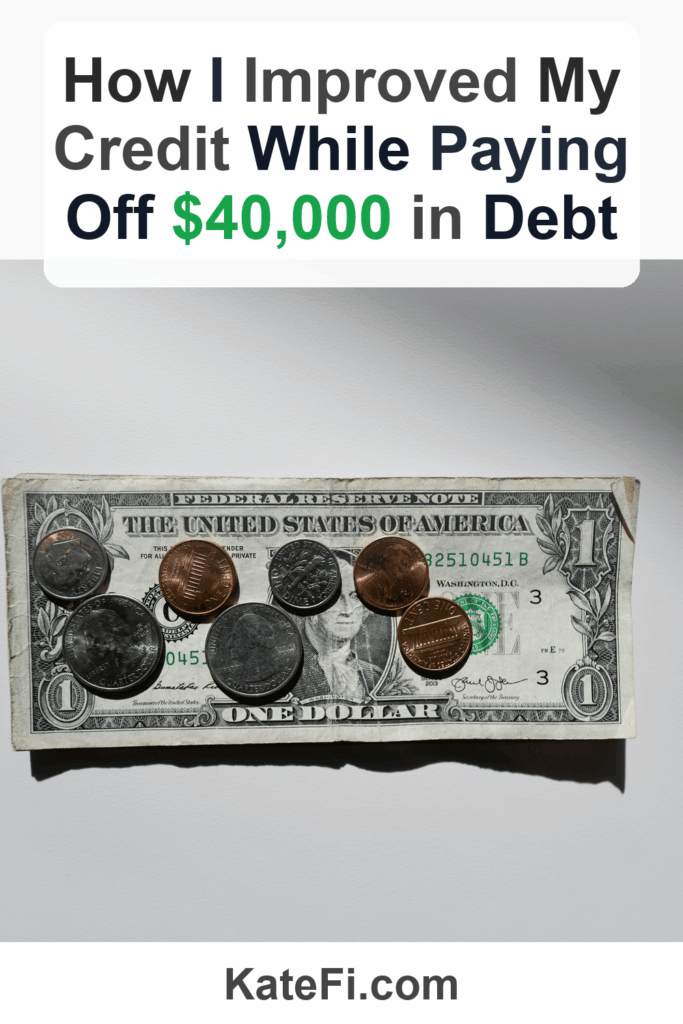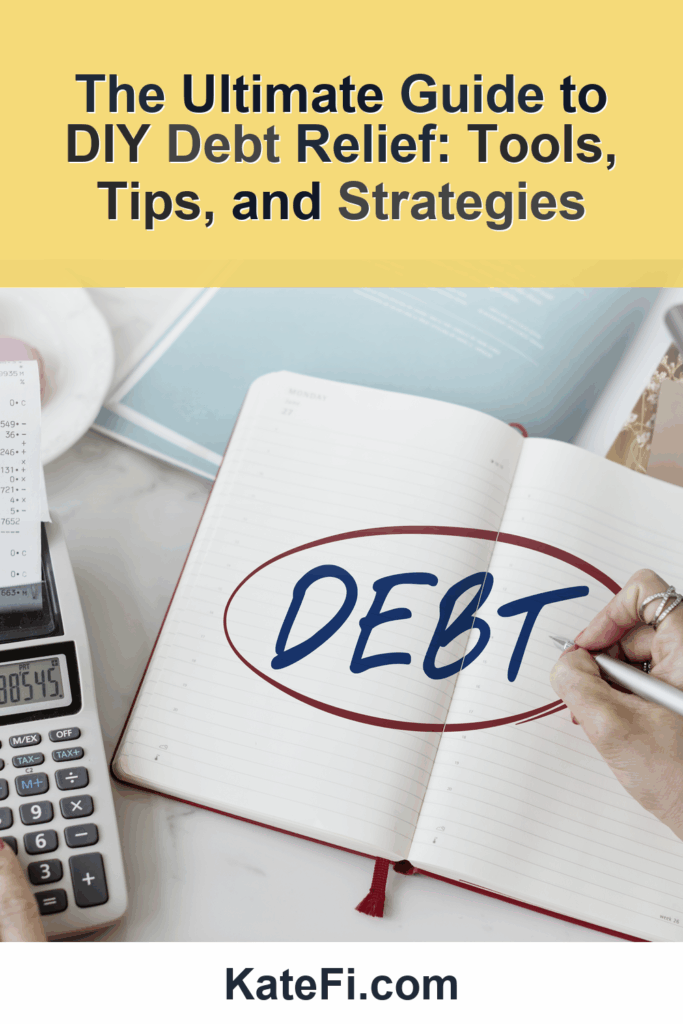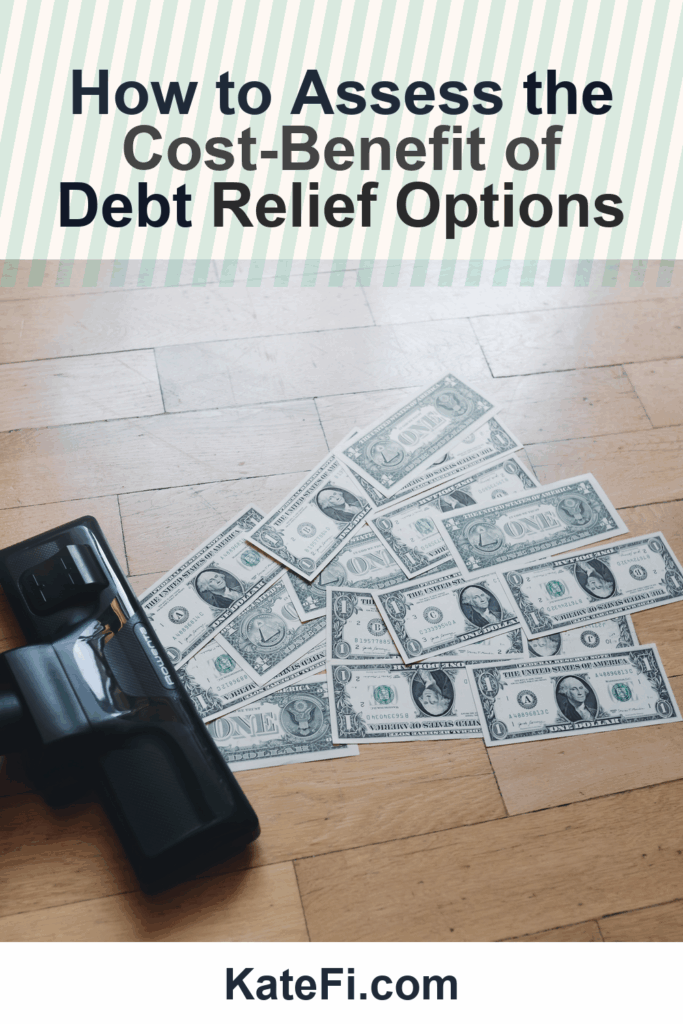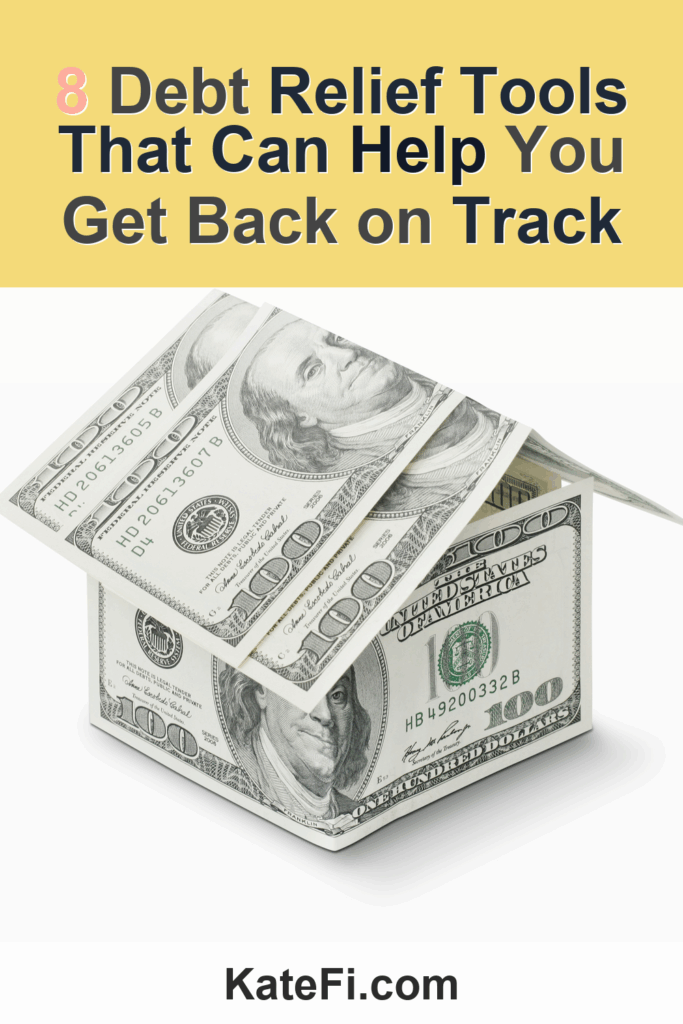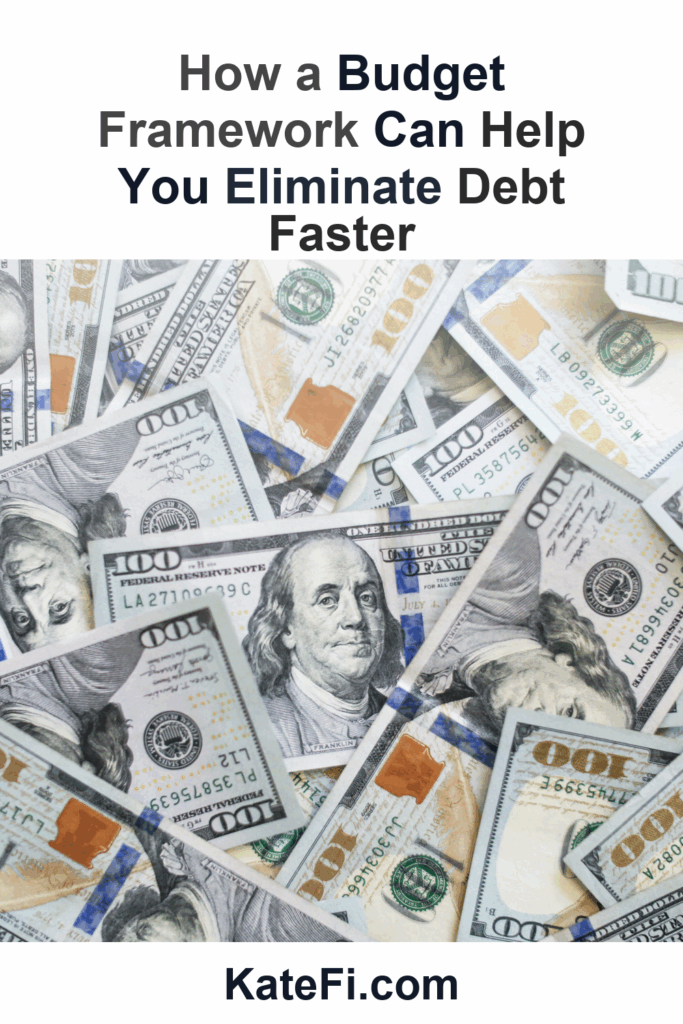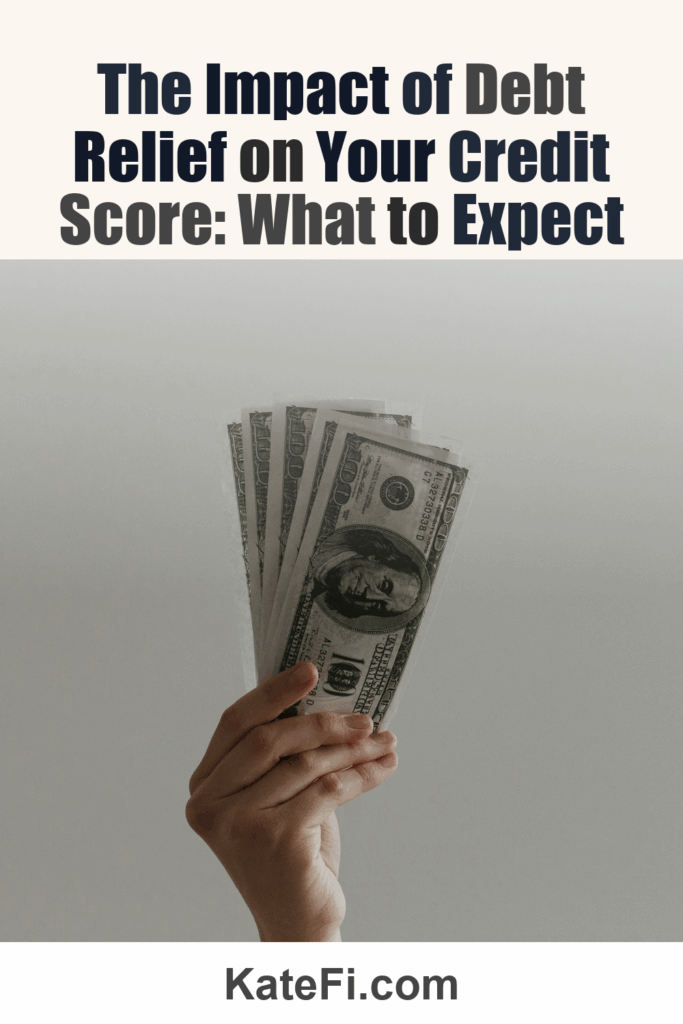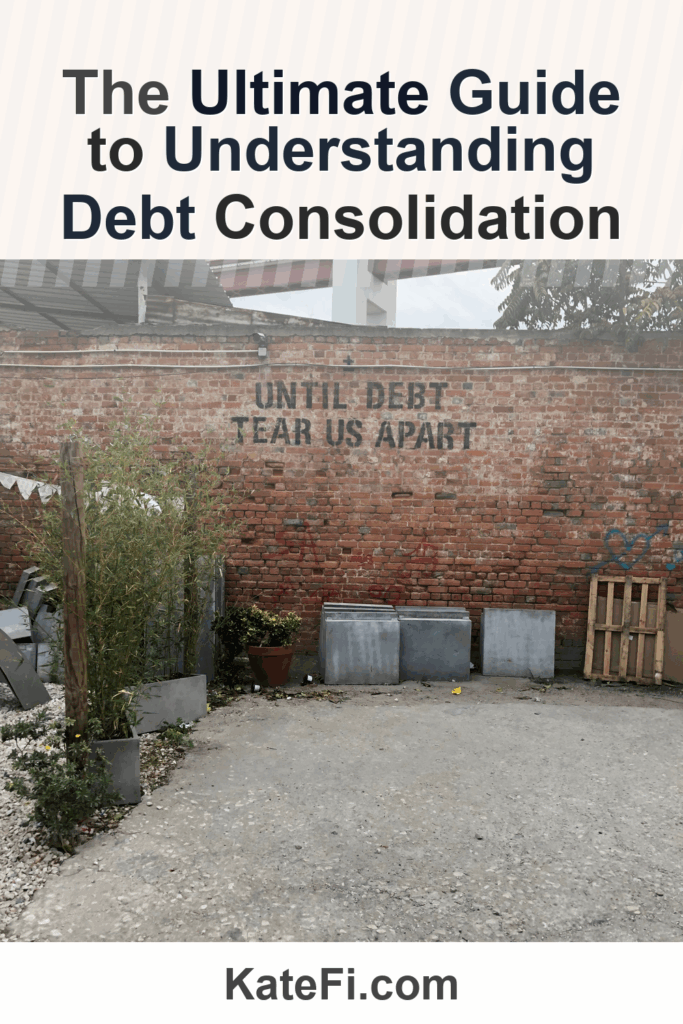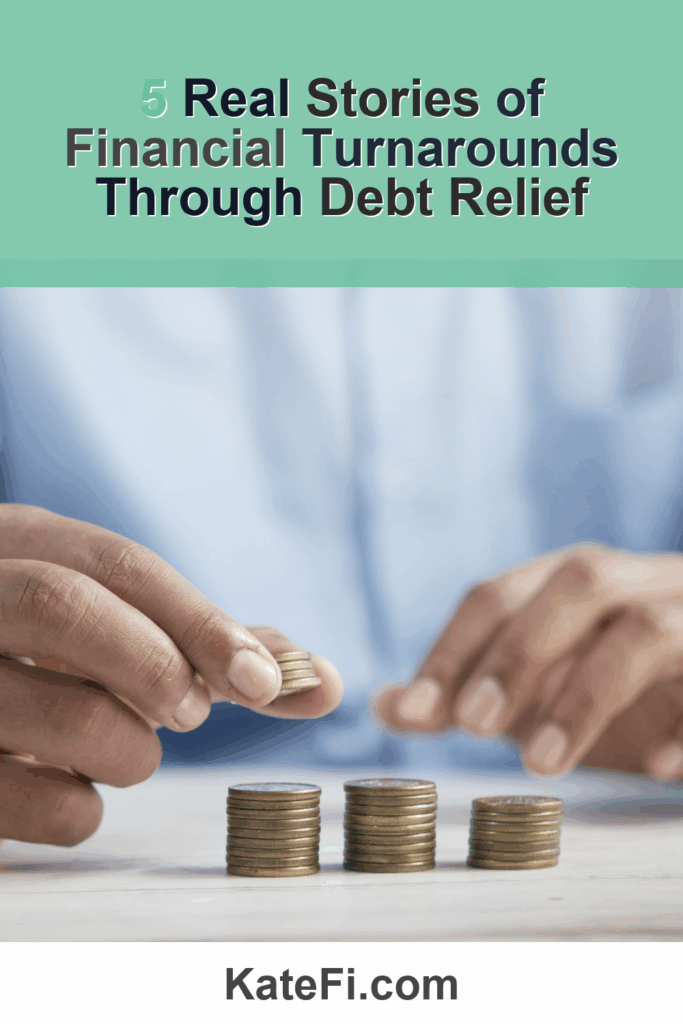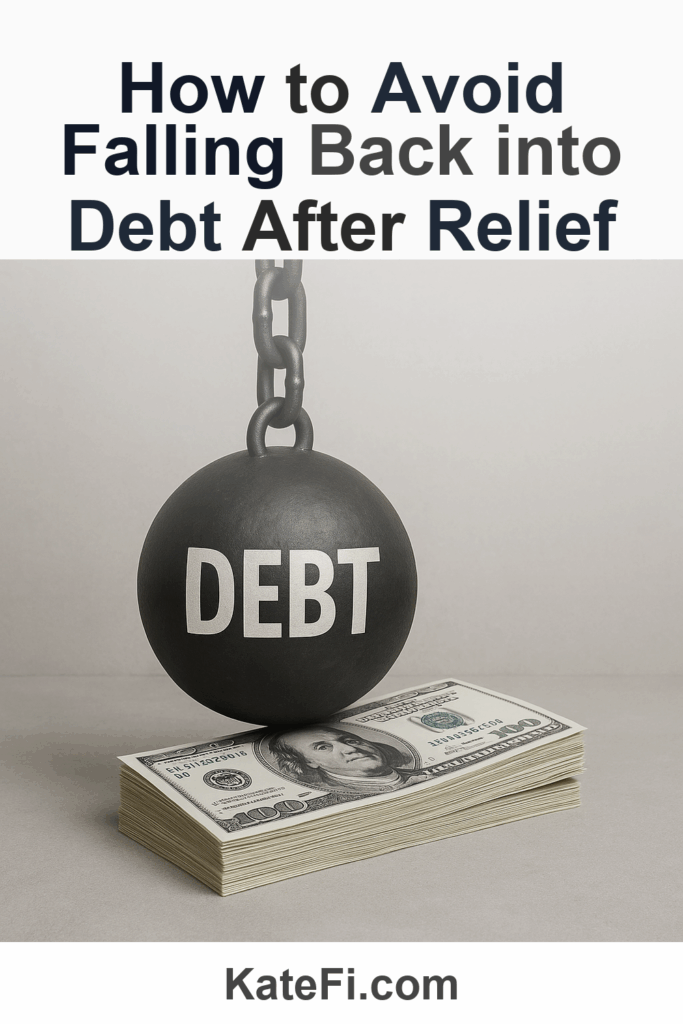4 Key Strategies for Getting Out of Debt While Keeping Your Job
Debt can feel like a relentless tide, especially when trying to balance work and financial obligations. With bills piling up and interest rates soaring, finding the right strategy to regain control is essential. In this post, we’ll delve into four key strategies that can help you escape the clutches of debt without jeopardizing your job. The trick is to slow down the snowball effect of interest and fees, so let’s explore how to do just that!
Love our content? Show your support by following us — pretty please!🥺
FOLLOW ON PINTEREST
Hi! I’m Kate, the face behind KateFi.com—a blog all about making life easier and more affordable.
Understanding the Snowball Effect of Debt
Understand pros/cons of settlement vs consolidation vs DMP for your exact mix of debts.
Not available in IL, KS, OR, TN, UT, WV.
Before we dive into strategies, let’s take a moment to understand how debt can snowball. High interest rates and fees can turn manageable debt into an overwhelming burden. For example, if you carry a balance of $5,000 on a credit card with a 20% interest rate, you’re looking at approximately $1,000 in interest in just one year if you make no payments. That’s like throwing money down the drain!
The Impact of Interest and Fees
| Debt Type | Average Interest Rate | Fees | Snowball Effect |
|---|---|---|---|
| Credit Cards | 15% – 25% | Late fees ($25-$39) | Quickly accumulates if unpaid |
| Personal Loans | 6% – 36% | Origination fees | Adds to total repayment cost |
| Medical Debt | 0% – 30% | Collection fees | Stressful and damaging |
| Student Loans | 3% – 10% | Default fees | Affects credit score significantly |
Understanding these dynamics can empower you to make informed decisions. Let’s examine the strategies to tackle debt without putting your job at risk.
1. Create a Comprehensive Budget
Pros and Cons
Creating a budget may feel tedious, but it’s an effective way to keep track of your spending and savings. Here are the pros and cons:
Pros:
- Provides clarity on income and expenses
- Helps identify areas to cut back
- Increases financial awareness
Cons:
- Requires consistent tracking and adjustment
- Can be challenging if your income fluctuates
- May uncover uncomfortable spending habits
Actionable Steps:
- List all income sources: Include your salary, side jobs, and any passive income.
- Identify all expenses: Fixed (rent, utilities) and variable (entertainment, dining).
- Prioritize debts: List debts from highest interest rate to lowest.
- Allocate funds: Dedicate a specific amount to debt repayment each month.
Consider seeking a personalized approach by getting a free consultation. Experts can guide you through budgeting tailored to your unique financial situation.
✅ See If You Qualify for Debt Relief
2. Negotiate Lower Interest Rates
What You’ll Learn on the Call
- Estimated timeline and monthly payment range
- How credit may be affected in the short term
- What documents to gather to move faster
Not available in IL, KS, OR, TN, UT, WV.
The Power of Negotiation
One of the most effective strategies to alleviate the burden of debt is to negotiate lower interest rates with your creditors. This method can significantly reduce your total debt amount and the time it takes to pay it off.
Pros:
- Potentially lowers monthly payments
- Reduces the overall interest paid
- Keeps your credit score intact
Cons:
- Requires confidence and negotiation skills
- Not all creditors will be willing to lower rates
- May require documentation of financial hardship
Tips for Successful Negotiation:
- Prepare your case: Have documentation showing your payment history and current financial struggles.
- Be polite and professional: Approach your creditor with respect.
- Mention competitor offers: If applicable, use lower rates from other lenders as leverage.
If negotiating feels daunting, consider reaching out for a consultation. Professionals can negotiate on your behalf, often resulting in better outcomes.
✅ See If You Qualify for Debt Relief
3. Explore Debt Relief Options
Understanding Debt Relief Programs
For those who find themselves overwhelmed, debt relief programs offer a way out. Here’s a breakdown of common programs:
| Program Type | Pros | Cons |
|---|---|---|
| Debt Consolidation | Single monthly payment, lower rates | Potentially longer repayment terms |
| Debt Settlement | Pay less than owed, faster resolution | Can harm credit score, taxable income |
| Credit Counseling | Professional advice, personalized plans | May not directly reduce debt |
Important Note: Programs and results vary by situation and state. Always read the fine print, as fees apply for enrollment and completion.
When considering your options, it’s wise to gather necessary documents such as income statements, bank statements, and a list of debts. This preparation can streamline the consultation process.
If you’re interested in exploring these options further, we recommend getting a free consultation. This step could illuminate paths you hadn’t considered.
✅ See If You Qualify for Debt Relief
4. Consider a Side Hustle
👉 Start Your Free Debt Relief Review
Not available in IL, KS, OR, TN, UT, WV.
Increasing Your Income
If your current job doesn’t allow you to free up more cash for debt repayment, consider a side hustle. This approach can bring in extra income, which can then be allocated toward debt.
Pros:
- Increases your income without changing jobs
- Flexible hours allow you to manage time effectively
- Provides financial breathing room
Cons:
- Time-consuming and may affect work-life balance
- Requires effort to market and manage
- Not all side hustles are sustainable long-term
Practical Side Hustle Ideas:
- Freelancing in your area of expertise
- Selling crafts or products online
- Driving for rideshare or delivery services
Combining side income with structured debt repayment can hasten your journey out of debt. Remember, though, that the goal is to find a balance that doesn’t compromise your full-time job performance.
The Credit Impact of Debt Relief Strategies
While navigating your debt relief journey, it’s essential to be aware of the potential credit impact. Programs like debt settlement or consolidation may affect your credit score in the short term, especially if you miss payments or default. However, with diligence and commitment to the strategy, your credit score can recover over time.
Before pursuing any debt relief options, gather the following documents for a quicker review:
- Recent pay stubs
- Bank statements (last 2-3 months)
- Monthly expenses breakdown
- Current debt statements (credit cards, loans, etc.)
This documentation can expedite the consultation process and help the experts develop a tailored plan for you.
Conclusion
Getting out of debt while keeping your job is not only possible; it’s achievable with the right strategies. By creating a budget, negotiating interest rates, exploring debt relief options, and considering a side hustle, you can effectively manage your financial obligations.
Navigating the world of debt can be overwhelming, but remember, you don’t have to do it alone. If you’re ready to take the first step toward financial freedom, we recommend getting a free consultation with professionals who can help guide you through the process.
✅ See If You Qualify for Debt Relief
Important: This content is for education only—not legal, tax, or financial advice. Results and eligible programs vary by situation and state. Fees apply if you enroll and complete a program. Debt relief can affect credit; missed payments may lead to collections/lawsuits. Not available in IL, KS, OR, TN, UT, WV.




